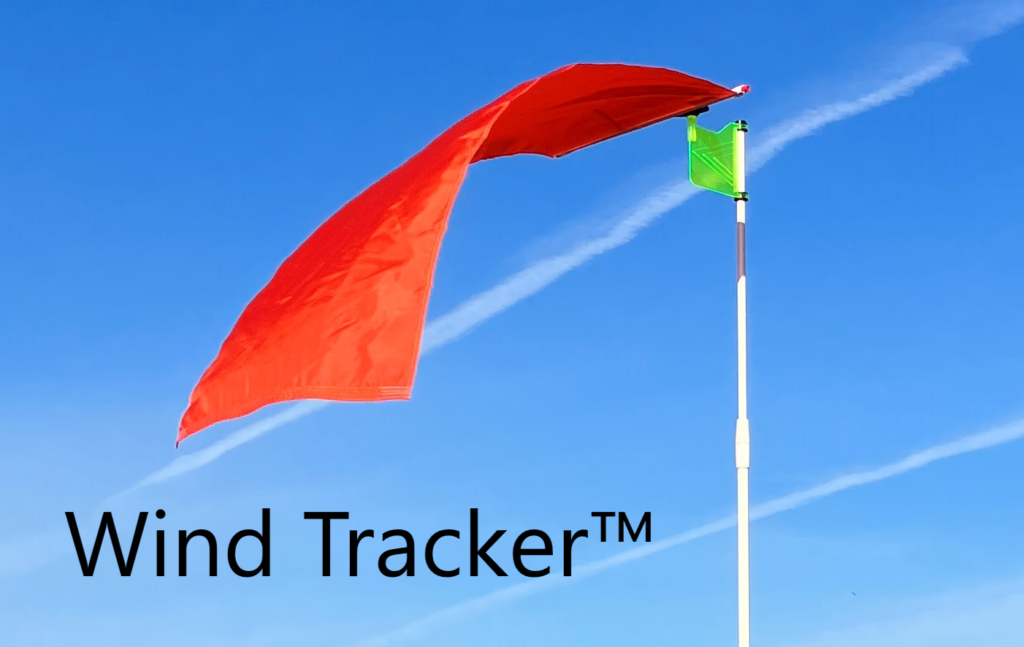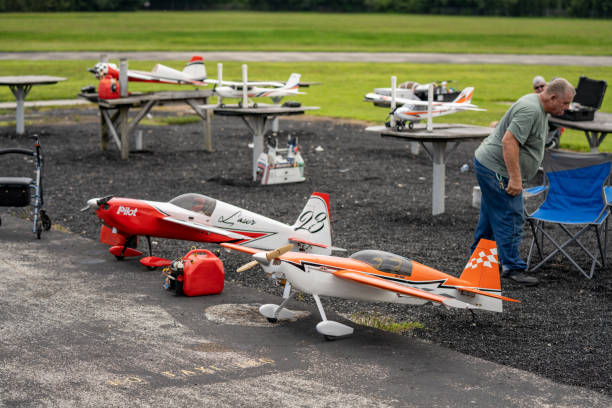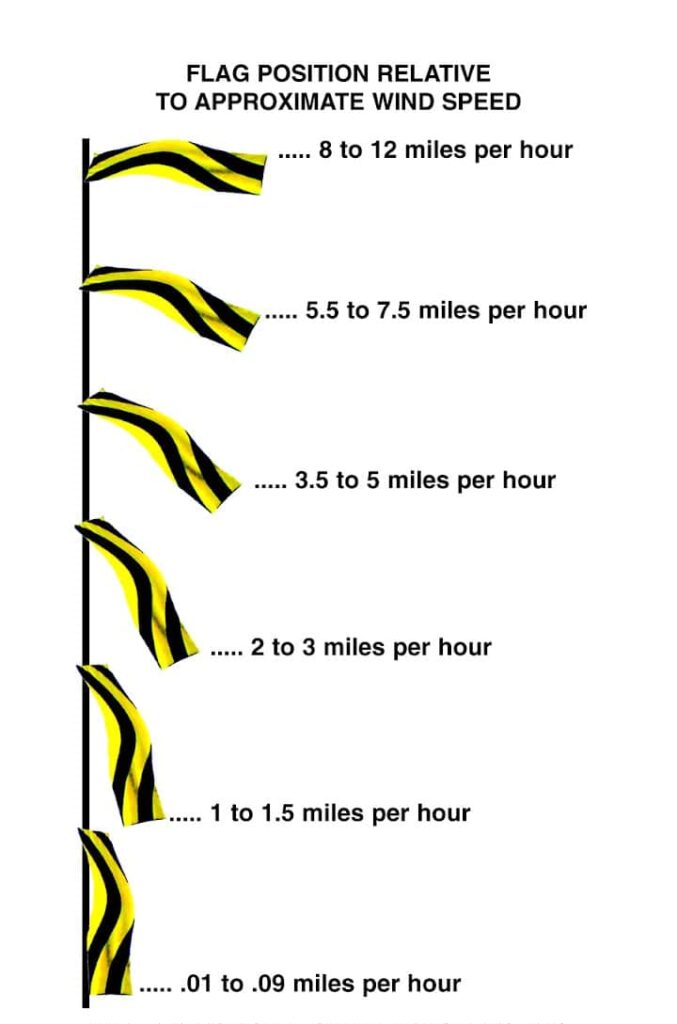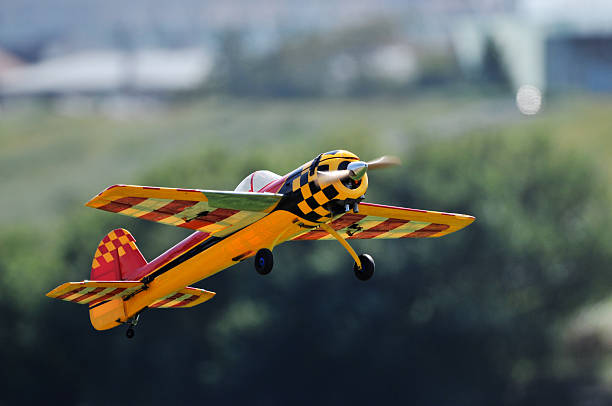RC Airplanes
Wind Monitoring – Windsock System that helps provide accurate data of wind speed and direction in real time at your RC event.

Wind Tracker™ windsocks provide essential information about wind direction for RC airplane pilots. By observing the orientation of the windsock, pilots can determine the prevailing wind direction at ground level, helping them plan takeoff and landing maneuvers.

Takeoff and Landing Guidance:
Wind Tracker™ windsocks aid pilots in determining suitable takeoff and landing directions. Pilots use windsock information to align their aircraft with the wind during takeoff for smoother lift-off and better control. Similarly, windsocks help pilots adjust their approach during landings to account for crosswinds and ensure safe touchdown.
Flight Planning and Route Selection:

Wind Tracker™ windsocks assist pilots in planning flight routes and maneuvers. Pilots consider wind direction and speed to optimize flight paths, particularly for aerobatic maneuvers or long-distance flights. By leveraging windsock information, pilots can adjust their flight plans to take advantage of tailwinds and minimize the impact of headwinds on flight duration and fuel efficiency.
In-Flight Stability:
Wind Tracker™ windsocks contribute to in-flight stability and control of RC airplanes. Pilots use windsock observations to anticipate changes in wind conditions that may affect the aircraft’s stability and responsiveness. This allows pilots to make real-time adjustments to their flight controls to maintain stable flight and counteract the effects of turbulence or gusts.
Safe Flying Conditions:
Wind Tracker™ windsocks help pilots assess whether current wind conditions are suitable for flying. Pilots consider wind speed and direction to determine if conditions are within the aircraft’s operational limits and their own skill level. Windsocks also aid pilots in identifying potentially hazardous conditions, such as strong gusts or turbulent winds, which may warrant delaying or canceling flights for safety reasons.

Emergency Landing Planning:
Wind Tracker™ windsocks assist RC airplane pilots in planning emergency landings. Pilots use windsock information to identify suitable landing areas in the event of engine failure or other emergencies. By assessing wind direction and speed, pilots can select landing sites that minimize the risk of damage to the aircraft and surrounding property.
Training and Skill Development:
Wind Tracker™ windsocks serve as valuable training tools for pilots, especially those learning to fly in varying wind conditions. Pilots use windsock observations to develop their skills in handling the aircraft under different wind scenarios, improving their ability to safely navigate and control the airplane in challenging environments.
Wind Tracker™ windsocks are a necessary tool used with remote control airplanes due to their critical role in assessing wind direction, providing guidance for takeoff and landing maneuvers, aiding flight planning and route selection, ensuring in-flight stability, determining safe flying conditions, assisting in emergency landing planning, and supporting pilot training and skill development. Windsocks enhance the safety, efficiency, and enjoyment of RC airplane flying by providing valuable information about wind conditions to pilots.